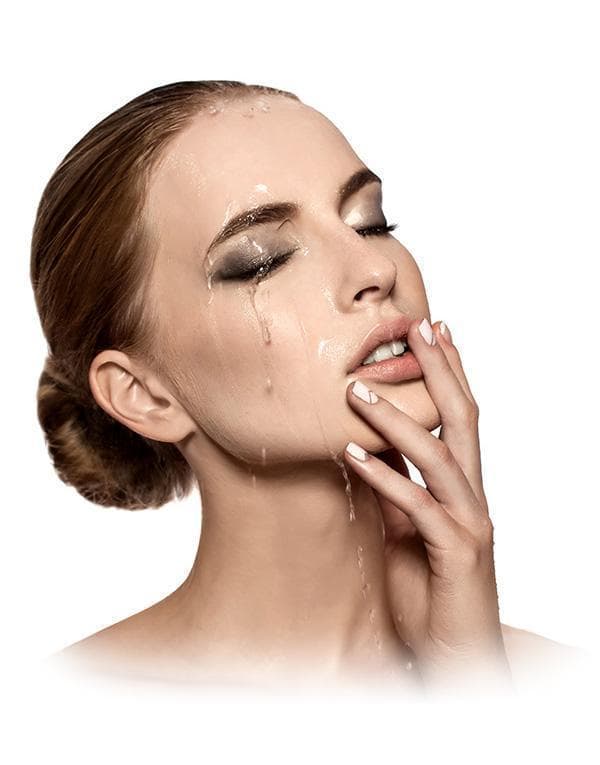
chemical peel
Chemical peel uses a chemical solution to improve and smooth the texture of the facial skin by removing its damaged outer layers. It is helpful for those individuals with facial blemishes, wrinkles and uneven skin pigmentation. Phenol, trichloroacetic acid (TCA) and Alphahydroxy Acids (AHAs) are used for this purpose. The precise formula used may be adjusted to meet each person’s needs.
Chemical Peeling Treatment
Chemical peels are performed on the face, neck or hands. They can be used to:
- Reduce fine lines under the eyes and around the mouth
- Treat wrinkles caused by sun damage, aging and hereditary factors
- Improve the appearance of mild scarring
- Treat certain types of acne
- Reduce age spots, freckles and dark patches due to pregnancy or taking birth control pills (melasma)
- Improve the look and feel of skin that is dull in texture and color
Areas of sun damage, which may contain pre-cancerous keratoses that appear as scaly spots, may improve after chemical peeling. Following treatment, new pre-cancerous lesions are less likely to appear. However, sags, bulges and more severe wrinkles do not respond well to chemical peels. They may require other kinds of cosmetic surgical procedures, such as carbon dioxide laser resurfacing , a facelift , brow lift , eyelid lift or soft tissue filler (collagen or fat). A dermatologic surgeon can help determine the most appropriate type of treatment for each individual case.
The skin is thoroughly cleansed with an agent that removes excess oils and the eyes and hair are protected. One or more chemical solutions, such as glycolic acid, trichloroacetic acid, salicylic acid, lactic acid or carbolic acid (phenol), are applied to small areas on the skin. These applications produce a controlled wound, enabling new, regenerated skin to appear.
Depending upon the type of chemical peel, a reaction similar to sunburn occurs following the procedure. Peeling usually involves redness, followed by scaling that ends within three to seven days. Mild peels may be repeated at one to four-week intervals until the desired clinical effect is achieved.
Medium-depth and deep peeling may result in swelling, as well as the presence of water blisters that may break, crust, turn brown and peel off over a period of seven to 14 days. Medium-depth peels may be repeated in six to twelve months, if necessary.
You will work with your dermatologist to determine the depth of your peel. This joint decision can vary, depending upon the condition of your skin and the objectives of treatment.
After treatment, some peels may require bandages to be placed on part or all of the skin that is treated. Bandages are usually removed in several days and may improve the effectiveness of the treatment.
It is important to avoid over-exposure to the sun after a chemical peel since the new skin is fragile and more susceptible to complications. The dermatologic surgeon will prescribe the proper follow-up care to reduce the tendency to develop abnormal skin color after peeling.





